Looking for the perfect pint-sized pet? The five most popular hamster breeds in the U.S.—like the Syrian, Roborovski, and Dwarf varieties—each bring their own unique charm and personality to the table. Syrians are cuddly and great for solo living, while Dwarfs are social and full of energy. Some love being handled, others prefer observing from their cage kingdom. Understanding their quirks and needs helps ensure a happy, healthy match. Whether you’re a first-time owner or adding to your furry family, there’s a hamster breed that’s just right for you!
Syrian Hamster: The Classic Favorite
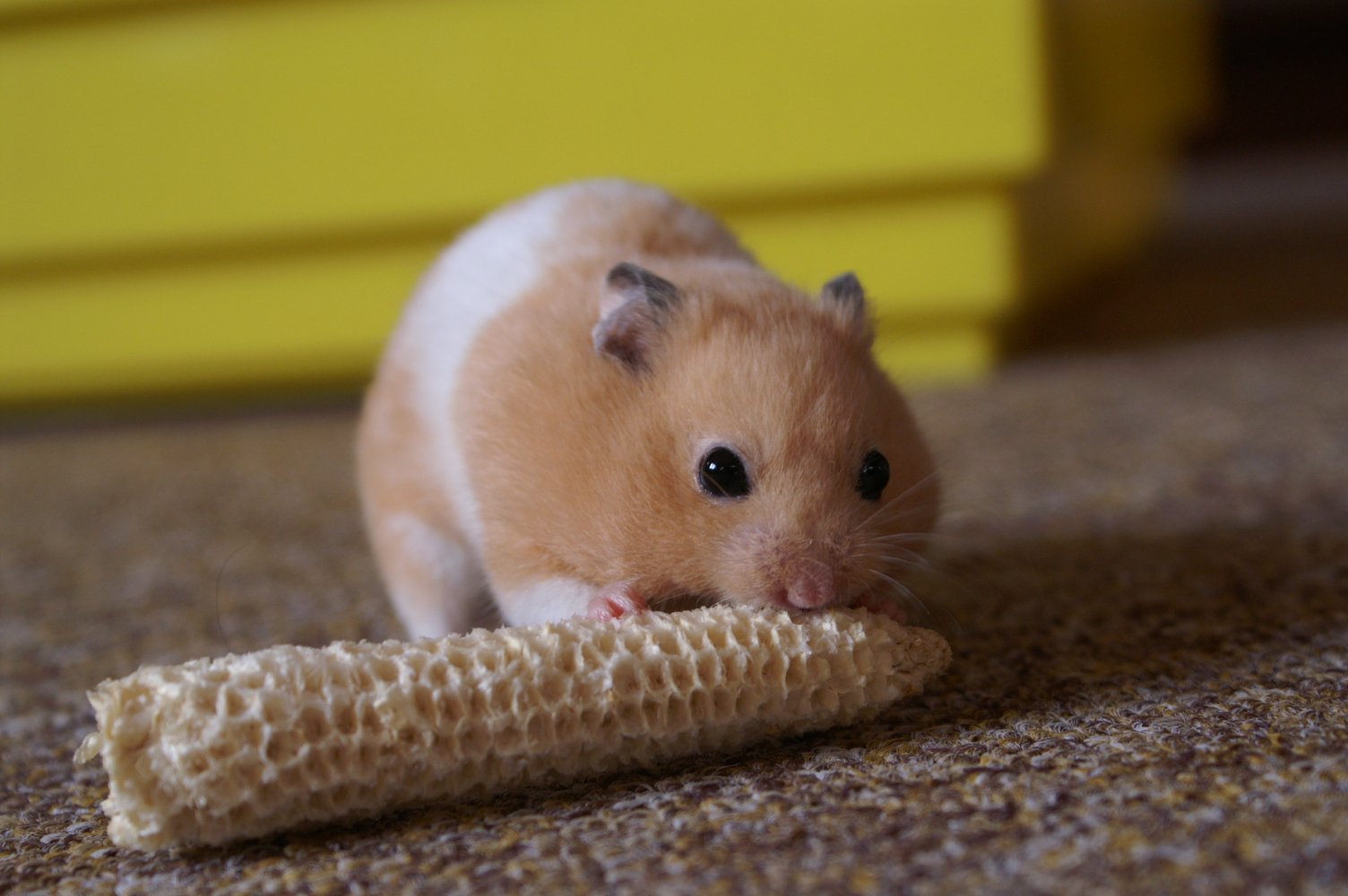
Syrian hamsters, often called “golden hamsters,” are the superstars of the hamster world. They’re the largest of all pet hamsters, with adults reaching up to seven inches long. Their size makes them easier to handle, which is great if you’re used to big, cuddly dogs. Syrian hamsters are famous for their gentle nature when tamed, and they come in a rainbow of colors—from cinnamon to chocolate. If you’re looking for a furry friend that’s easy to spot and full of character, Syrians are a top choice. They love to burrow, climb, and explore their cages, giving you endless moments of entertainment. The only catch? These little “lone wolves” must be kept alone, as they’re territorial and don’t like sharing their space with other hamsters.
Syrian Hamster: Personality and Temperament
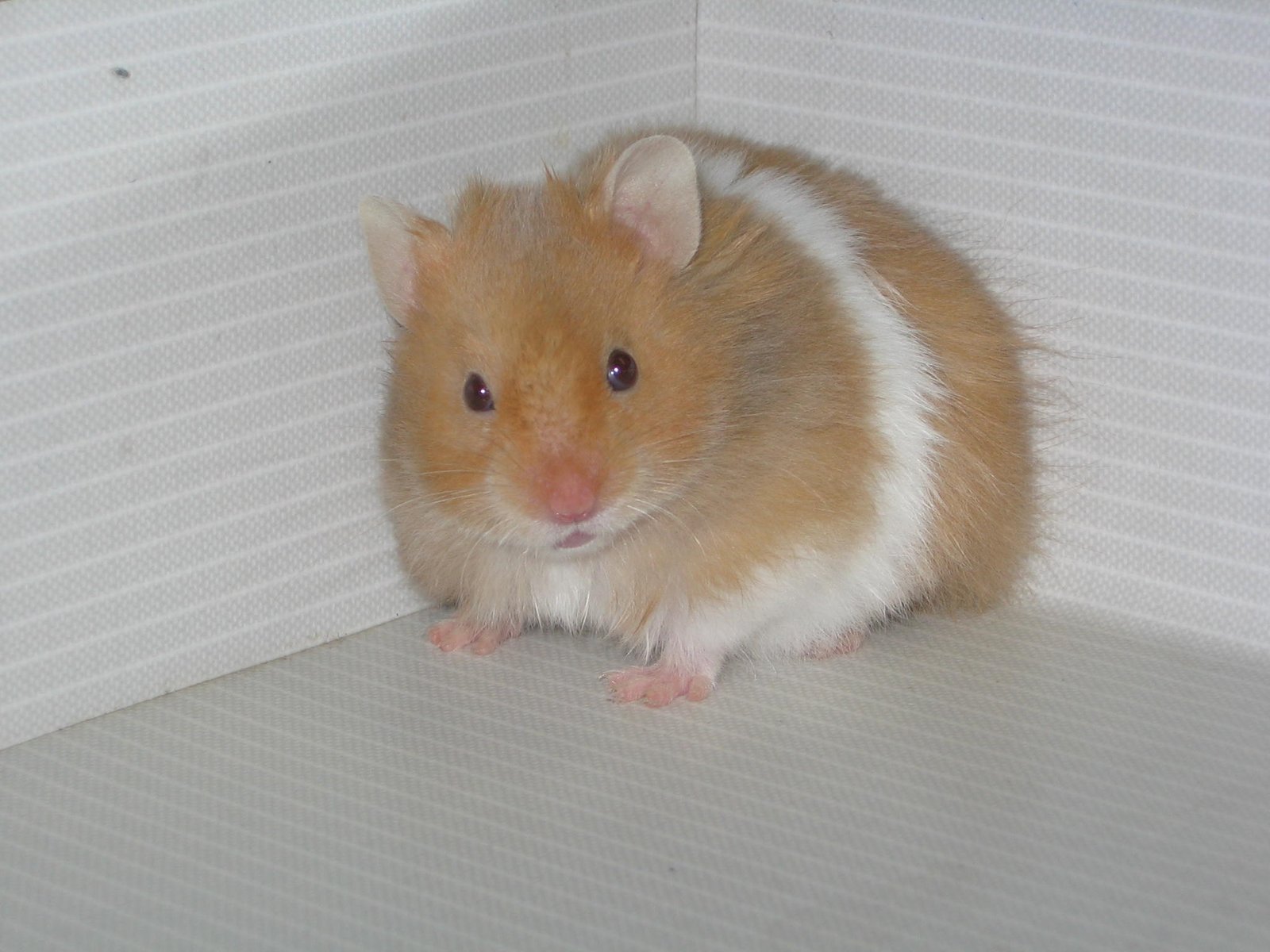
Syrian hamsters are known for their distinct personalities. Many owners say their hamsters have quirks just as unique as any dog’s. Some might be outgoing and curious, while others are a bit shy at first. Once you build trust, they often become very affectionate, enjoying gentle petting and treats from your hand. They’re nocturnal, so don’t be shocked if your new buddy seems to sleep all day and party all night. For dog lovers who enjoy watching their pets’ antics, Syrian hamsters bring a similar joy in a much smaller package. They’re intelligent, love to explore, and can even learn simple tricks with patience.
Syrian Hamster: Care and Ideal Environment
Setting up a home for a Syrian hamster is like designing a tiny playground. They thrive in spacious cages with plenty of tunnels, wheels, and chew toys to satisfy their curiosity. Think of them as the “golden retrievers” of the hamster world—eager to please and quick to bond with their humans. Syrians need lots of bedding for digging and a secure enclosure to prevent escape. Fresh veggies, high-quality pellets, and occasional treats keep them happy and healthy. Because they’re solitary, you won’t need to worry about introductions to other pets, but they will need your daily attention for socialization and enrichment.
Dwarf Campbell’s Russian Hamster: The Social Butterfly
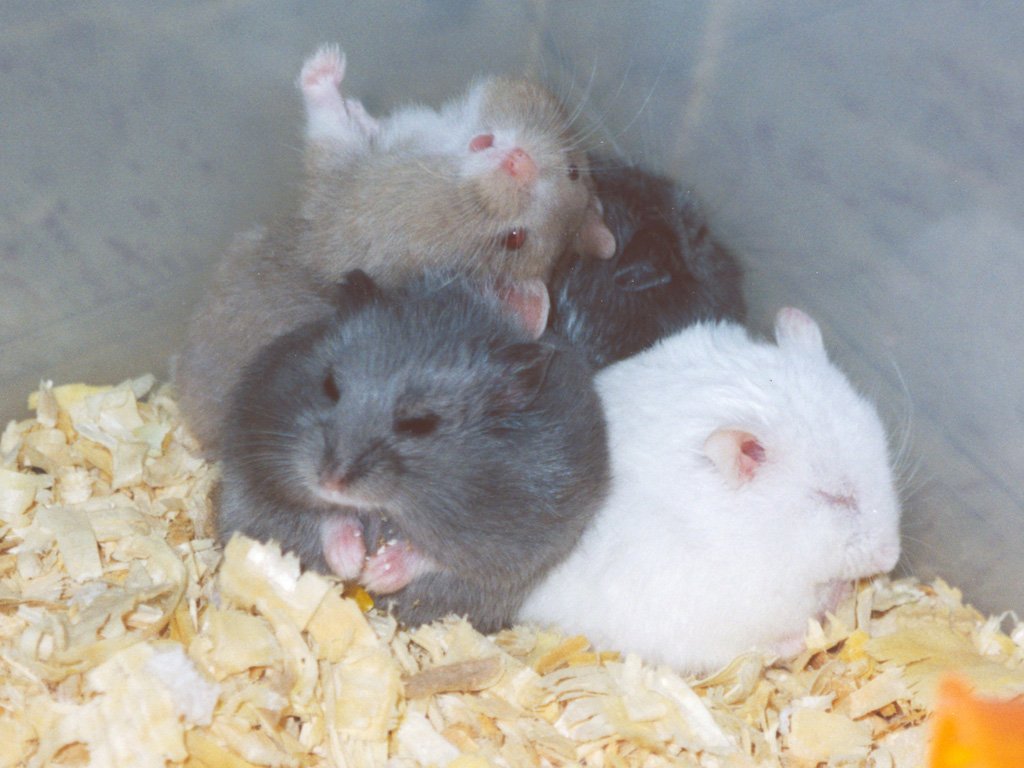
Dwarf Campbell’s Russian hamsters are the life of the party. Unlike Syrians, these little cuties often enjoy the company of their own kind. They’re smaller—usually around four inches long—and have a sweet, round appearance. Their tiny size and social nature make them a favorite for families who want more than one hamster in a habitat. These hamsters come in a variety of colors, with the most common being gray-brown with a darker stripe down their back. If you’ve ever watched a pack of puppies play together, you’ll love the playful interactions of Campbell’s hamsters.
Dwarf Campbell’s Russian Hamster: Unique Behavior Traits
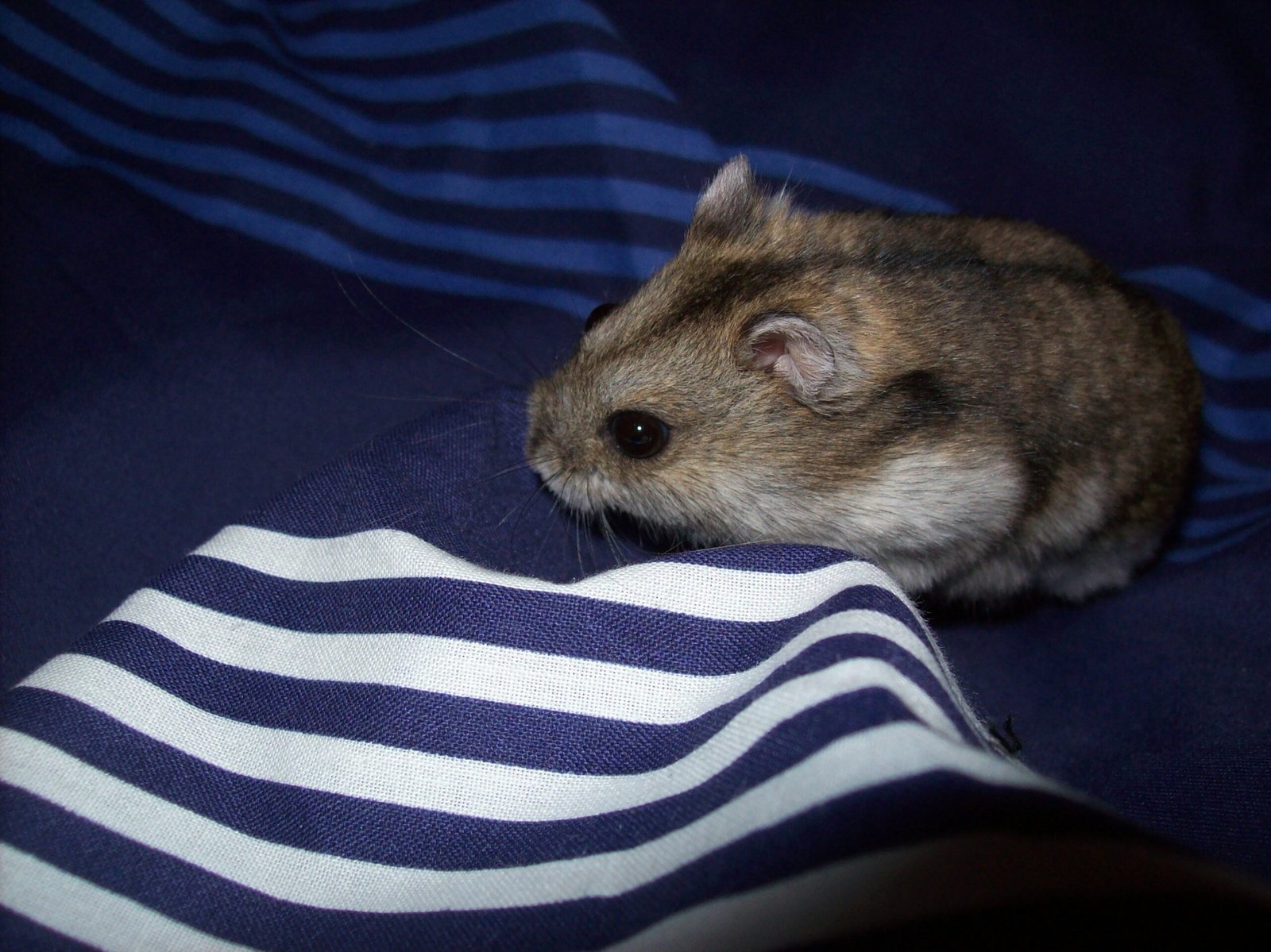
These hamsters are incredibly active and curious. They’re quick on their feet and love to zip through tunnels, climb, and forage for treats. Campbell’s hamsters are known for being more tolerant of others, making them perfect if you dream of a little “hamster community.” They love snuggling with cage mates and occasionally squabble like siblings. With regular gentle handling, they can become very tame, although they may be a bit more skittish than their Syrian cousins. Their playful energy can be compared to that of a group of puppies wrestling in the grass.
Dwarf Campbell’s Russian Hamster: Best Housing and Care
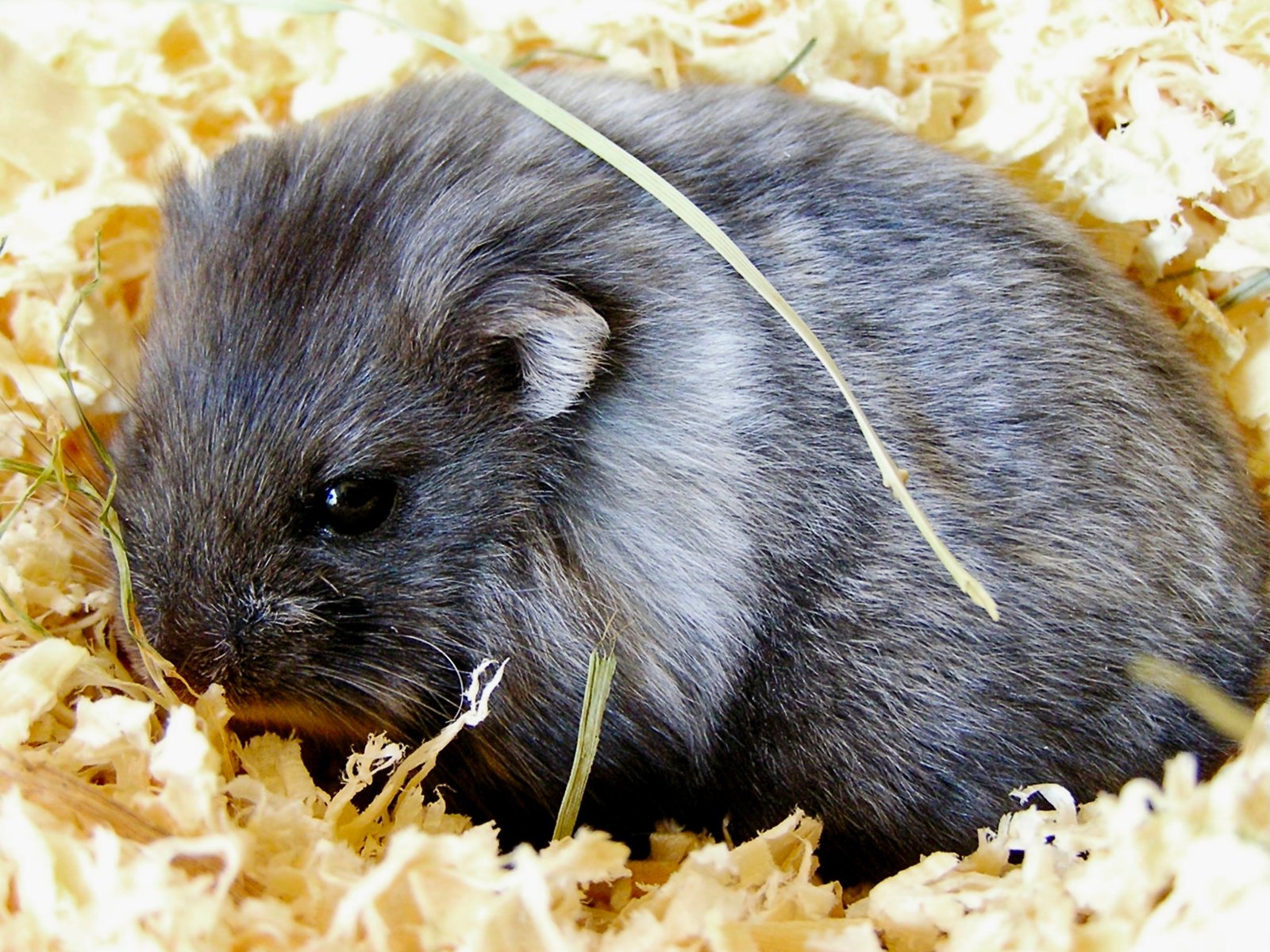
To keep Campbell’s hamsters happy, you’ll need a cage with plenty of horizontal space—think of it as building a hamster jungle gym. Multiple hideouts, tunnels, and wheels are a must. Since they’re social, it’s important to introduce them at a young age if you want them to live together peacefully. Their diet is similar to other hamsters, but they especially enjoy foraging for seeds and fresh veggies. Regular interaction and gentle handling help them become trusting and playful companions. Just remember: even social hamsters need their own space sometimes, so watch for signs of squabbling.
Roborovski Dwarf Hamster: The Speed Demon
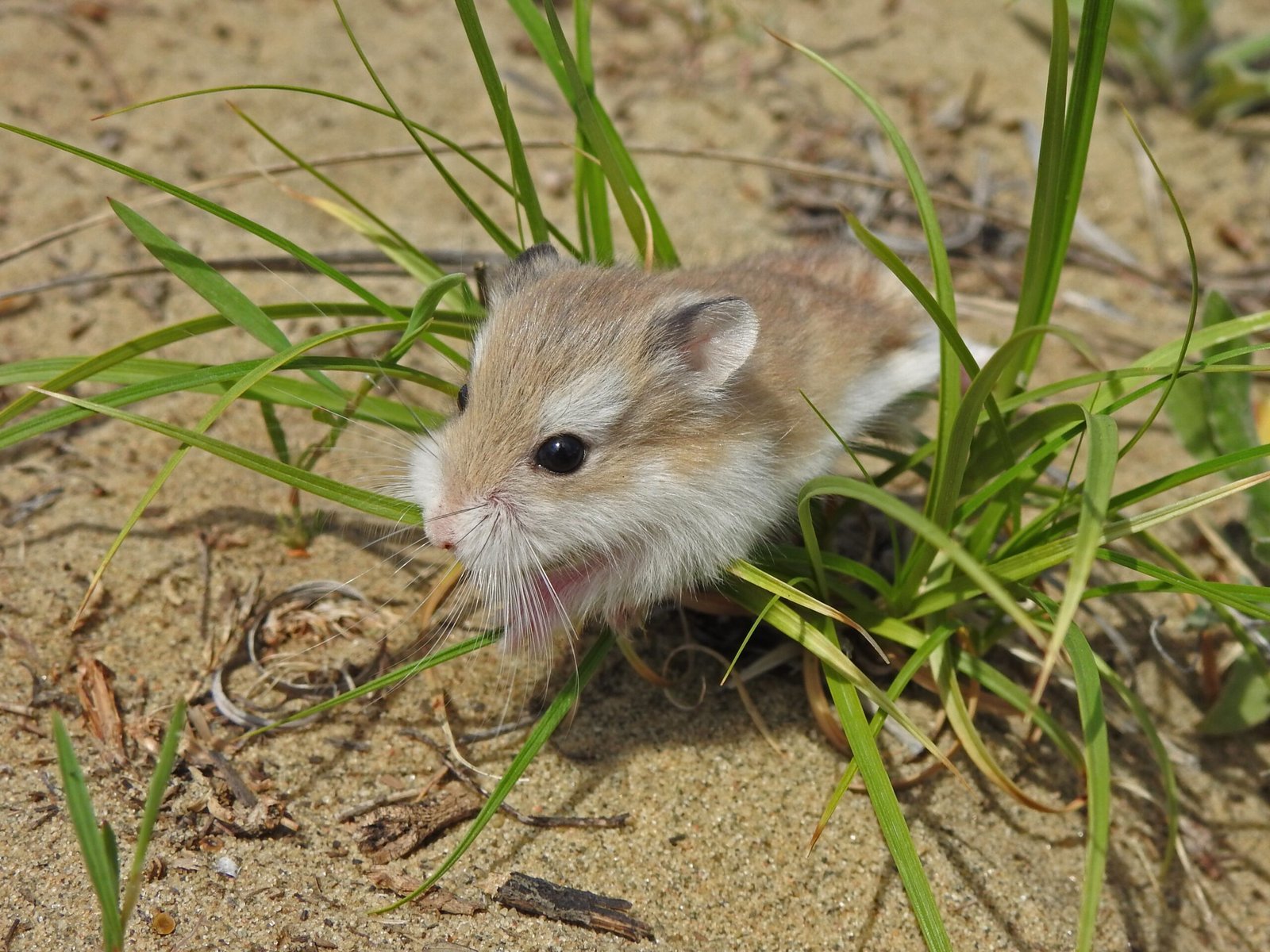
Roborovski dwarf hamsters, affectionately called “Robos,” are the tiniest and fastest of all pet hamsters. They measure just two inches long when fully grown, making them the little sports cars of the hamster world. Their petite size and quick movements can be mesmerizing—and hilarious—to watch. Robos are shy by nature, preferring to zip around their cage rather than hang out in your hand. For dog lovers who appreciate the thrill of watching high-energy pups race around the yard, Robos offer the same excitement on a miniature scale.
Roborovski Dwarf Hamster: Personality Insights
Robos have a reputation for being timid but endlessly entertaining. They’re less likely to bite than some other breeds, but they’re also faster and harder to catch. Watching a Robo in action is like seeing a tiny greyhound race—lightning fast and always on the move. If you’re hoping for a hamster that loves to cuddle, Robos might not be the best fit, but their playful antics and adorable faces make up for it. They often do best in pairs or small groups, as long as they’re introduced properly and have plenty of space.
Roborovski Dwarf Hamster: Setup and Daily Needs
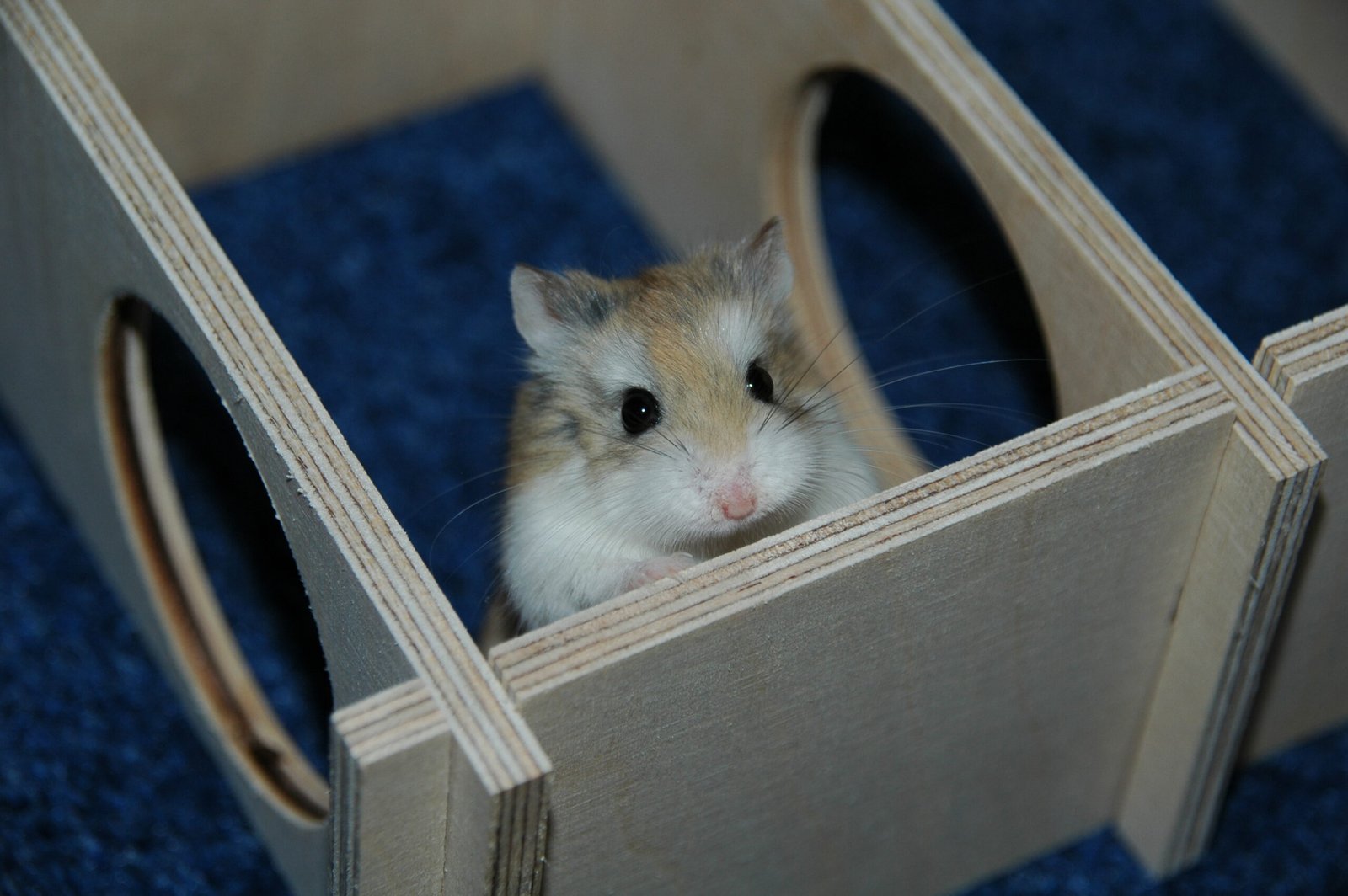
Creating a home for a Robo is like designing a hamster obstacle course. They need lots of tunnels, wheels, and sand baths to satisfy their energetic nature. Since they’re so small and speedy, it’s important to have secure cage bars or a glass enclosure to prevent escapes. Robos aren’t big on handling, but they love exploring new toys and treats. Their diet is similar to other hamsters, but they especially enjoy tiny seeds and grains. If you have the patience to watch and interact gently, Robos make fascinating pets that will keep you on your toes.
Chinese Hamster: The Long-Tailed Wonder
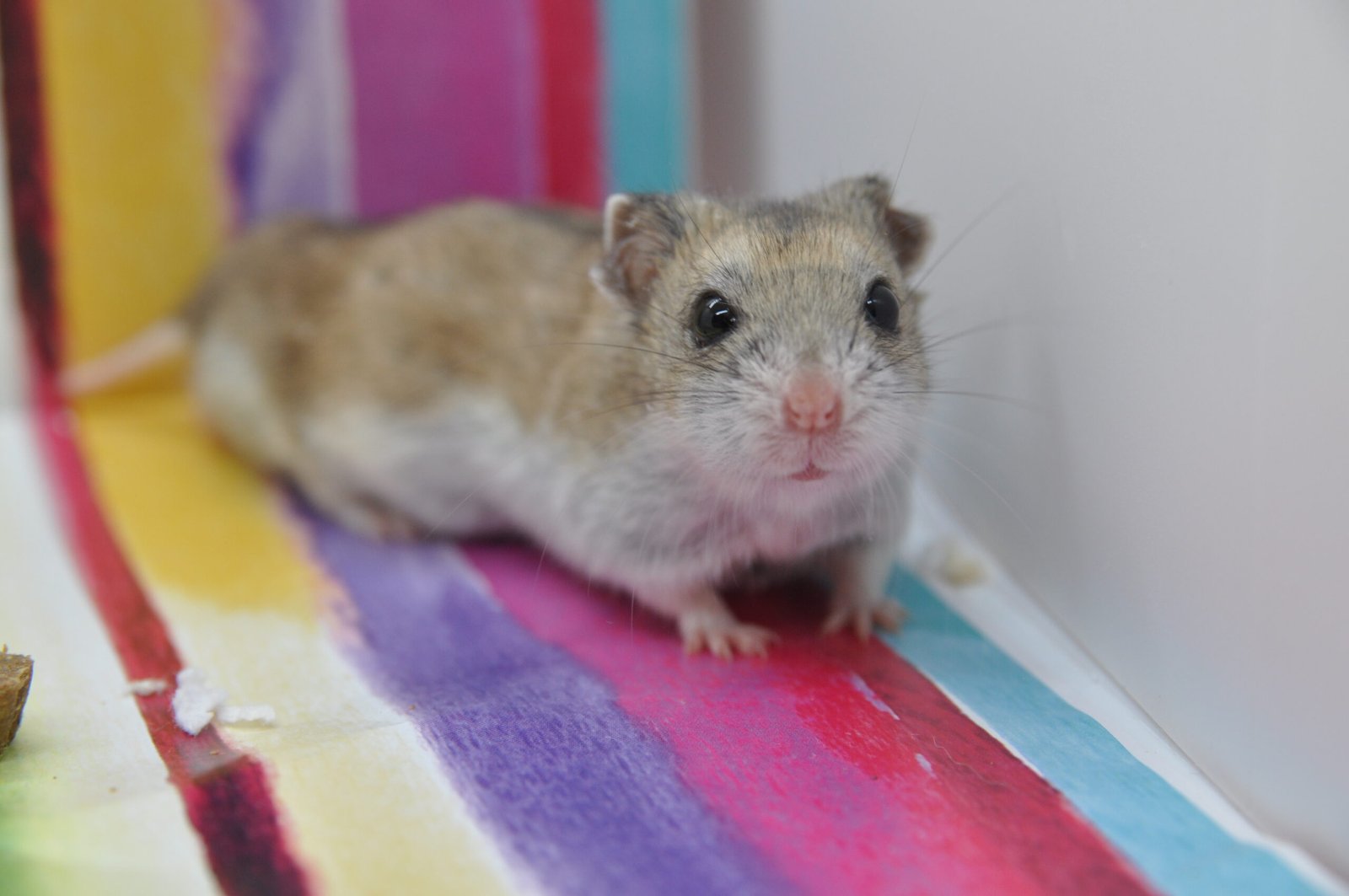
Chinese hamsters stand out from the crowd thanks to their sleek bodies and longer tails—almost an inch long! They’re sometimes mistaken for mice because of this unique feature. These hamsters are slightly larger than dwarfs but smaller than Syrians, making them a great “middle ground” for pet owners. Chinese hamsters are gentle and calm, often forming strong bonds with their humans. If you love dogs that are loyal and affectionate, you might find a kindred spirit in the Chinese hamster.
Chinese Hamster: Distinctive Traits and Temperament
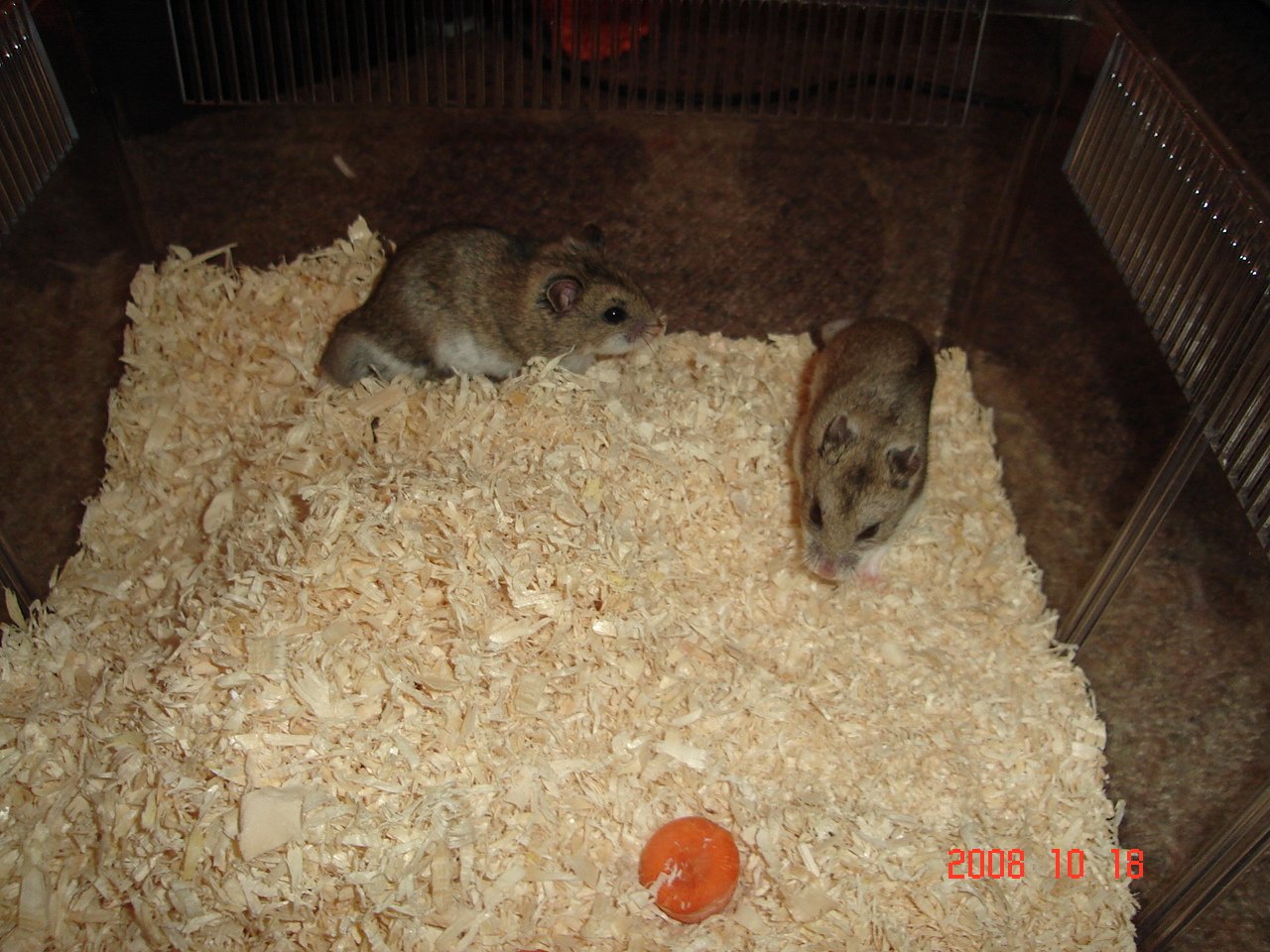
Chinese hamsters are known for their sweet, docile nature. Many owners say they’re among the easiest hamsters to handle. They enjoy gentle petting and will often climb onto your hand if you build trust slowly. Their unique tail gives them great balance, allowing them to climb and hang upside down like tiny acrobats. They’re mostly solitary, like Syrians, but sometimes tolerate a cage mate if introduced early. Overall, they offer a calm, steady energy that’s perfect for people who enjoy quiet companionship.
Chinese Hamster: Housing and Care Essentials
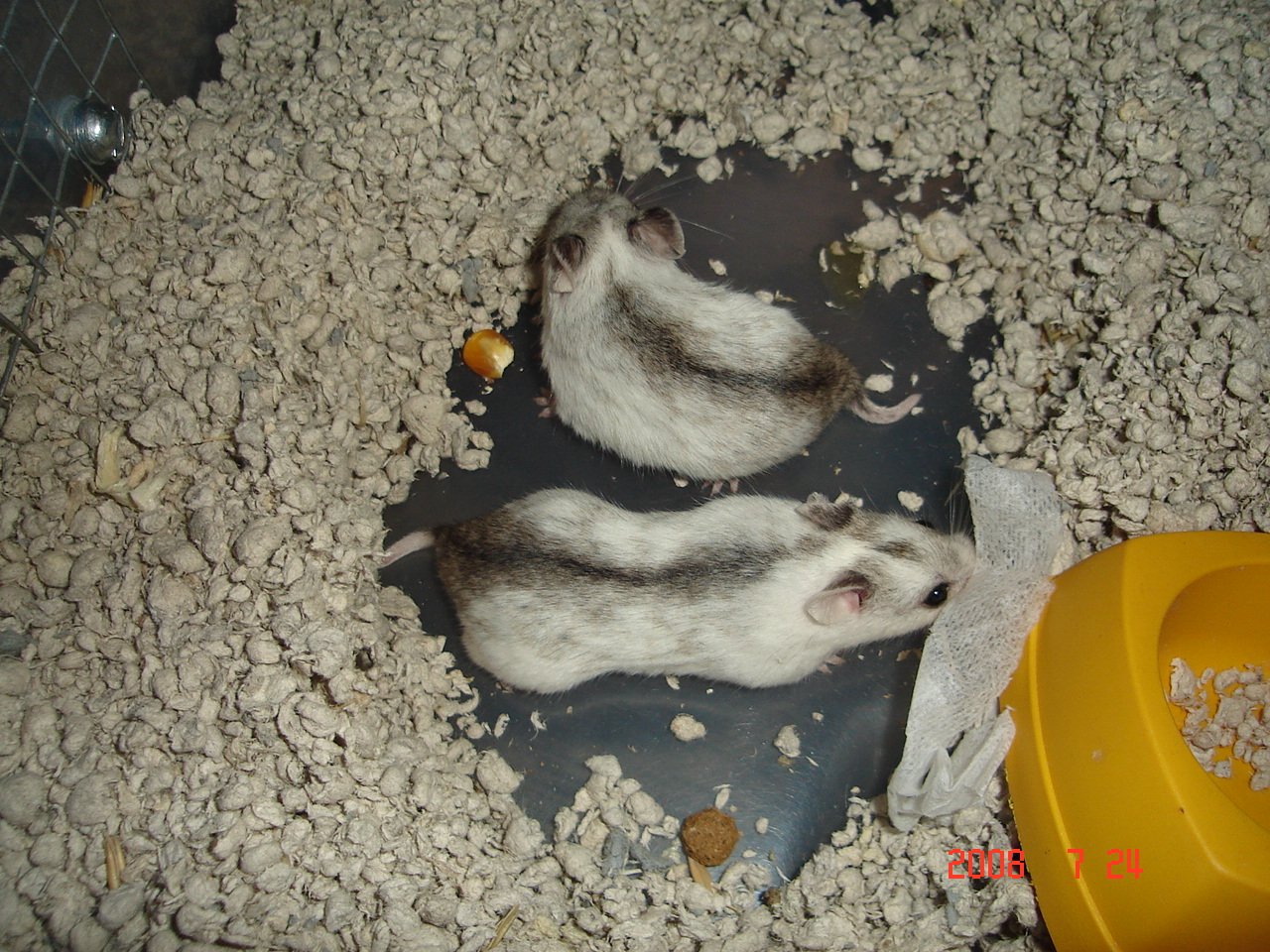
A Chinese hamster needs a setup that allows for climbing and burrowing. A tank or cage with vertical and horizontal space is ideal, and plenty of tunnels, branches, and soft bedding will keep them happy. They thrive on a varied diet of hamster pellets, seeds, and fresh greens. Regular, gentle handling helps reinforce their bond with you, but they also appreciate moments of solitude. Their calm demeanor makes them a favorite for first-time hamster owners and families with older children.
Winter White Dwarf Hamster: The Color-Changer
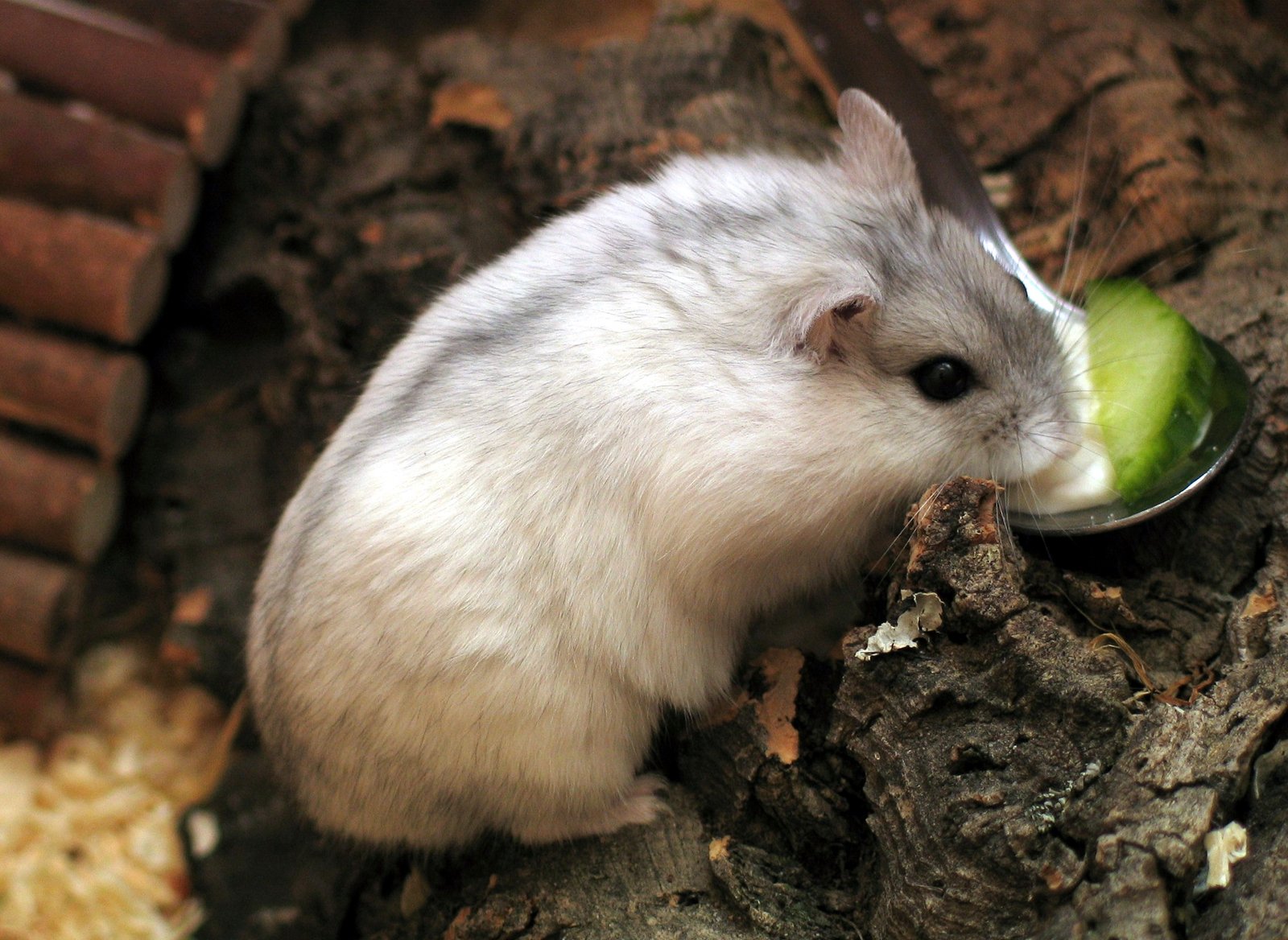
Winter White dwarf hamsters, sometimes called “Siberian hamsters,” are famous for their magical ability to change color. In the wild, their fur turns white during winter to blend in with the snow. Even in captivity, some will lighten up during colder months. They’re similar in size to Campbell’s dwarfs and have a rounded, adorable appearance. For pet lovers who enjoy unique and surprising traits in their animals, the Winter White brings a touch of enchantment to your home.
Winter White Dwarf Hamster: Personality and Relationships
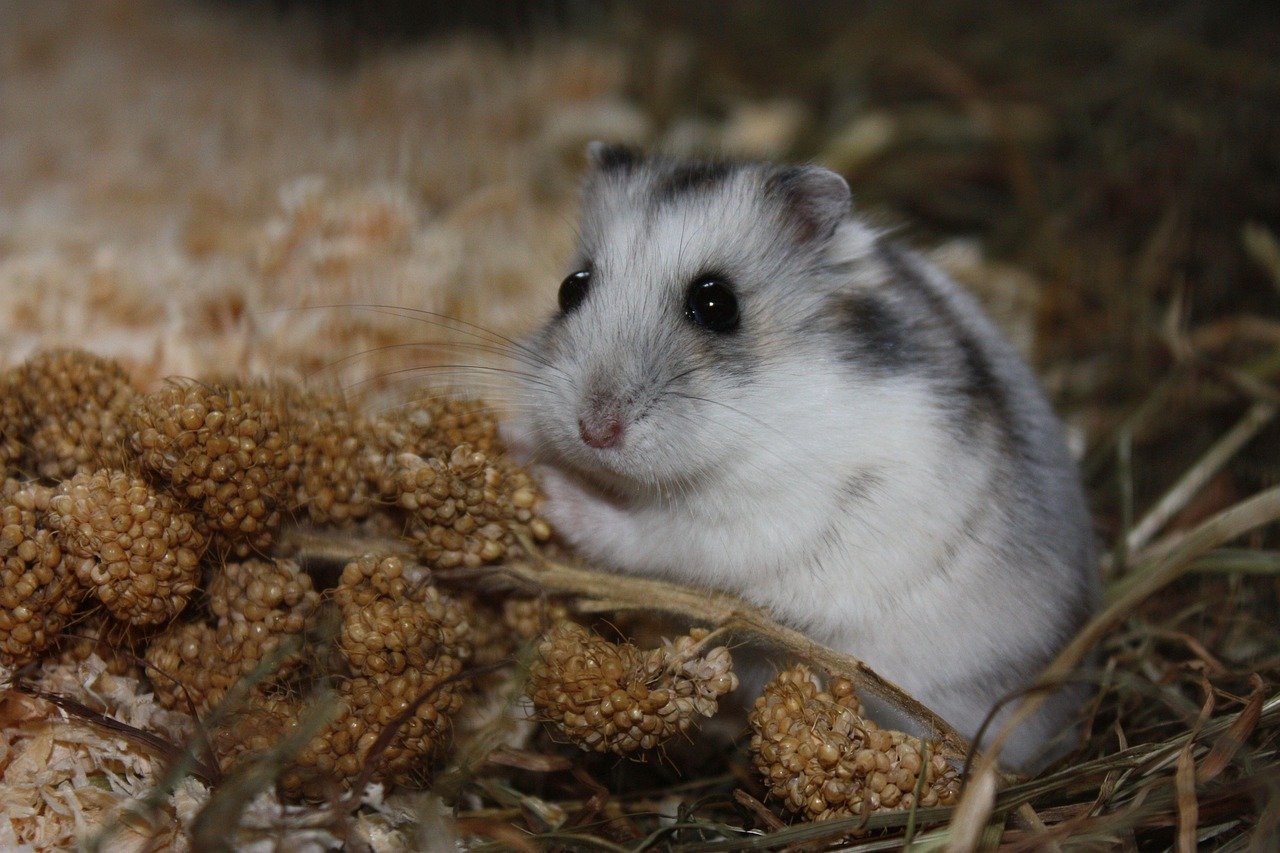
These hamsters are gentle, friendly, and easy to tame. They often do well in pairs or small groups if introduced young, and their social nature makes them fun to watch. Winter Whites are curious and adapt quickly to new environments. They’re known for their soft, squeaky vocalizations and playful wrestling matches with cage mates. For dog lovers who appreciate a pack mentality, Winter Whites offer a miniature version of social bonding and play.
Winter White Dwarf Hamster: Environment and Daily Care
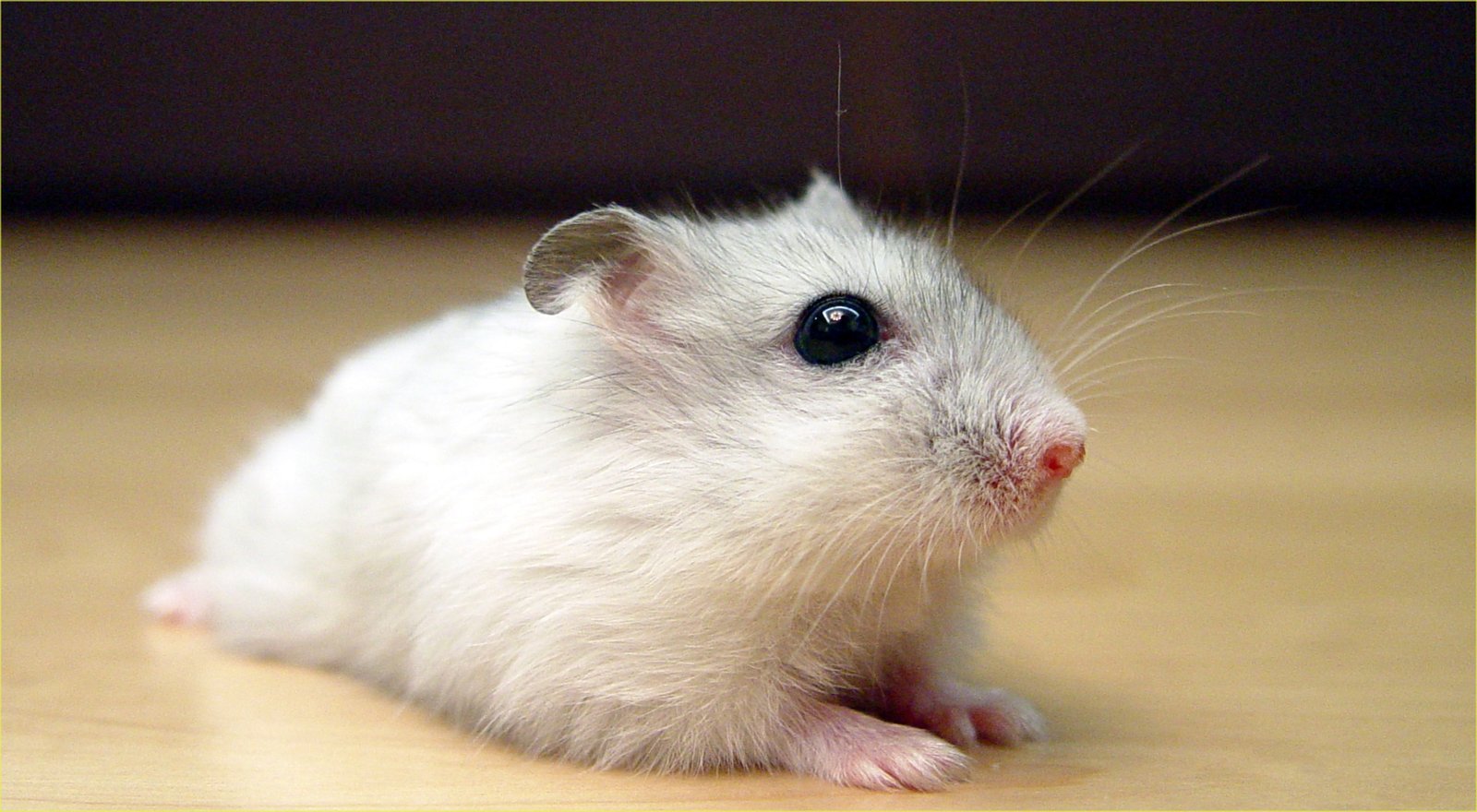
Winter White hamsters thrive in habitats with lots of hiding spots, tunnels, and a wheel for exercise. Their bedding should be deep to allow for digging, and they love having sand baths to keep their fur clean. A balanced diet of pellets, seeds, and fresh veggies keeps them healthy and energetic. Regular, gentle interaction helps them stay tame and bonded to their owners. Watching a Winter White explore and interact is like seeing a small pack of husky puppies discovering snow for the first time—curious, playful, and full of surprises.
No matter which of these adorable hamster breeds you choose, each one has its own charm and care needs. From the cuddly Syrian to the speedy Roborovski, there’s a perfect tiny companion out there for every type of pet parent. Just remember—these little guys may be small, but they thrive on big love and proper attention. Take the time to learn their quirks, and you’ll have a happy, healthy hamster by your side.

Andrew Alpin from India is the Brand Manager of Doggo digest. Andrew is an experienced content specialist and social media manager with a passion for writing. His forte includes health and wellness, Travel, Animals, and Nature. A nature nomad, Andrew is obsessed with mountains and loves high-altitude trekking. He has been on several Himalayan treks in India including the Everest Base Camp in Nepal.






